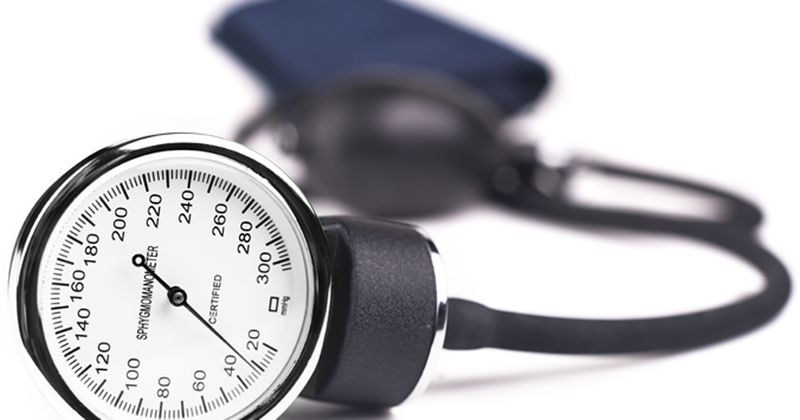BP control, frequency of measurements minimally impacted during COVID-19 pandemic
The number of BP readings performed by adults in a home BP management program and overall BP control were not impacted during the COVID-19 pandemic compared with data from 2019, according to new research.
“In a nationwide sample of patients enrolled in a home BP management program, contrary to my initial beliefs, we did not see huge changes in either the number of [BP] readings being done — not a huge increase or decrease — [and] that BP control was similar, or even slightly better, in the COVID-19 period, rather than pre-COVID-19,” Eric D. Peterson, MD, MPH, vice provost and senior associate dean of clinical research at UTSouthwestern Medical Center, said during a presentation at the virtual American Heart Association Scientific Sessions.

Peterson and colleagues assessed how quarantines and lockdowns during the COVID-19 pandemic impacted home BP readings at both the individual patient and population levels and also compared BP levels during before and during the pandemic.
“Beyond its direct effects on morbidity and mortality, COVID-19 has also reduced our patients’ ability to see us in clinic,” Peterson said. He noted that these indirect effects of the pandemic could have long-lasting consequences. “For example, if prevention of cardiovascular disease risk factors were to fall off, then there may be large downstream effects that will be seen for years to come.”
Peterson said few studies, to date, have explored the potential indirect impact of the pandemic on hypertension and other CV outcomes.
The researchers used the Livongo Home Blood Pressure Monitoring Program, which utilized a Bluetooth-connected BP cuff and access to coaches, to identify a population of 73,705 adults with more than 265,000 BP measurements from January 2019 to Aug. 30, 2020 (mean age, 53 years; 48.5% women; 68.6% white). The researchers analyzed overall BP trends from 2019 to 2020, as well as the pre-COVID-19 and COVID-19 time periods, defined by U.S. state shutdowns that started on March 15.
“We wanted to see whether ... patients were more or less engaged with their health” during the pandemic,” Peterson said.
BP readings are generally elevated in January and February with the “optimism of a new year,” and then “[fall] off sequentially” thereafter, he said. This trend was seen in the current analysis in both 2019 and 2020, according to the results.
“In general, [2020] followed a similar pattern that we saw in 2019,” in terms of number of BP readings, Peterson said.
For the study period between March and August, participants took anywhere between one and three fewer BP readings in 2020 compared with 2019, with a slight increase in the decline in number of BP readings during the pandemic.
“While 2020, for whatever reason, has slightly fewer readings than 2019, the effect of COVID-19 was modest,” Peterson said.
When the researchers looked at the actual BP readings, systolic and diastolic BP were constant before and during the pandemic, and were consistent with seasonal variation, he said.
The researchers noted that these are preliminary results and research will continue, including analysis of BP variability as a function of time, geographic variations and more fully adjusted models. Peterson also noted that the population that the population of participants enrolled in the Livongo Home Blood Pressure Monitoring Program had health coaches and may be more engaged in BP control than the general community.
“If these results continue to hold, the potential explanation could perhaps be more time at home [during the pandemic] so patients were motivated to make it easier for them to continue to take their BP readings and BP medications,” Peterson said.

